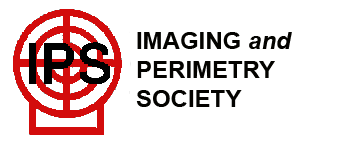What is Perimetry?

Our visual world is
composed of images of colors, textures, edges and contrasts. In addition,
these images may be moving or flickering. The goal of visual testing is to
quantitate of these functions.
Traditionally we
have tested visual function as visual acuity - the capacity to
discriminate the fine details of objects and visual field - the
portion of space in which objects are visible at the same moment during
steady fixation of gaze in one direction. Color vision testing, flicker
sensitivity, contrast sensitivity, pupillary responses and motion testing
are some of the other methods of quantitating vision.
Perimetry is
the systematic measurement of visual field function. The two most commonly
used types of perimetry are Goldmann kinetic perimetry and threshold
static automated perimetry. With Goldmann or "kinetic" perimetry, a
trained perimetrist moves the stimulus; stimulus brightness is held
constant. The limits of the visual field are mapped to lights of different
sizes and brightness.
With threshold
static automated perimetry, a computer program is selected. The most
commonly used one tests the central 30° of the visual field using a six
degree spaced grid. This is accomplished by keeping the size and location
of a target constant and varying the brightness until the dimmest target
the patient can see at each of the test locations is found. These maps of
visual sensitivity, made by either of these methods, are very important in
diagnosing diseases of the visual system. Different patterns of visual
loss are found with diseases of the eye, optic nerve central nervous
system.
Read more about perimetry
Conventional Perimetry. Part I: Introduction, Basic Terms. (pdf)
As Slightly modified translation of:
U. Schiefer, J. Pätzold, F. Dannheim: Konventionalle Perimetrie. Teil I: Einführung – Grundbegriffe. Der Ophthalmologe 2005, 102(6):627-646.
With kind permission from Springer Science+Business Media, Heidelberg, Germany
|
